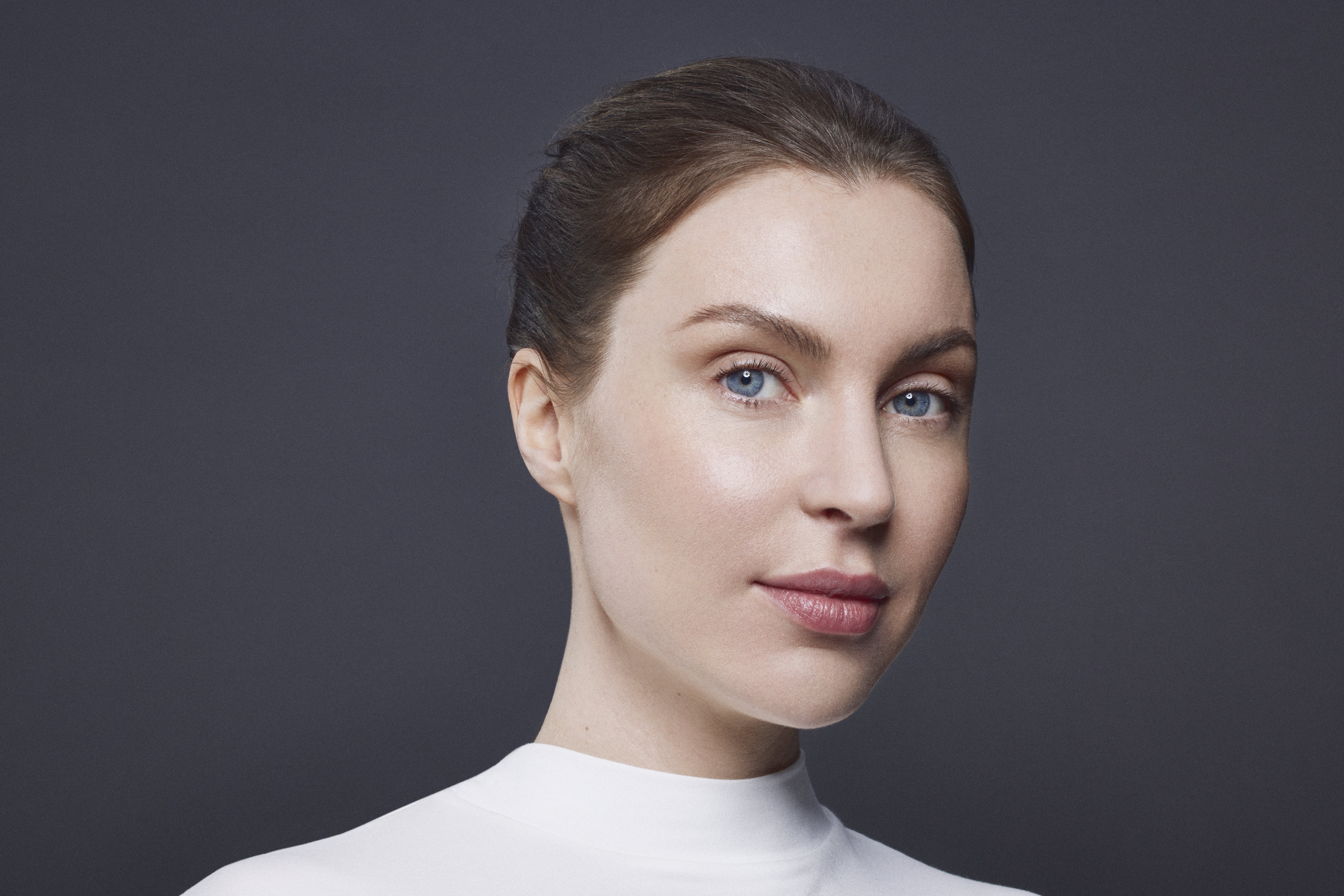Laser eye surgery ombudsman
The ombudsman’s office for laser eye surgery is the first point of contact for problems and/or complications in connection with laser eye surgery that have arisen following treatment in one of the betterview shops. The staff at the ombudsman’s office act as mediators and mediate between patients and the betterview eye clinic.

Costs and contact: The services of our ‘laser eye surgery’ ombudsman’s office are free of charge and are handled by our legal advice service. Please submit your enquiry and a signed power of attorney via our online form; this will facilitate the administration of your case.
The ombudsman’s office can be contacted by telephone on 031 380 50 34 on the following days:
Mon – Fri 09:00 – 12:00
Postal address and contact
Ombudsman’s office for laser eye surgery
c/o Konsumentenforum kf
Belpstrasse 11
3007 Bern
Procedure - Submitting a complaint
1. Contact with betterview
Contact betterview and describe your problem. If an agreement has not already been reached, please contact our ombudsman’s office for laser eye surgery.
2. Contact the ombudsman’s office
Tell us about your problem, including the full history of the case and attachments such as your e-mail correspondence with betterview, using the online form. Based on this, the ombudsman’s office will initiate further steps, which will constitute a recommendation and serve to solve the problem.
3. submit an appeal if necessary
If you do not agree with the ombudsman’s recommendation, you can appeal against it. The matter will then be referred to the Ombudsman Board. This committee will deal with the case and, if necessary, take further steps on a recommendatory basis.
4. Civil law steps
If one of the contracting parties (patient or betterview) does not agree with the appeal decision, the only remaining option is civil proceedings. The ombudsman’s office does not represent the parties and is neutral. However, the decisions of the first and second instance can be used by the court.
